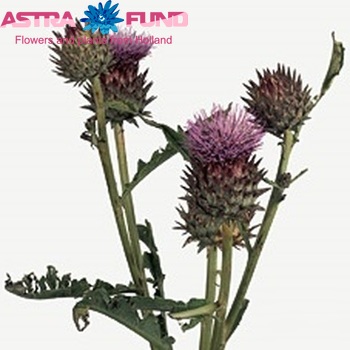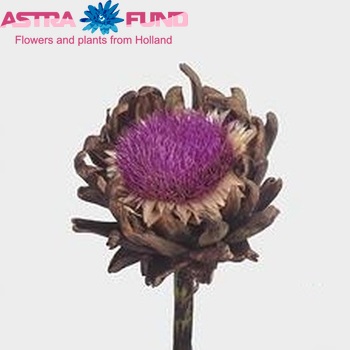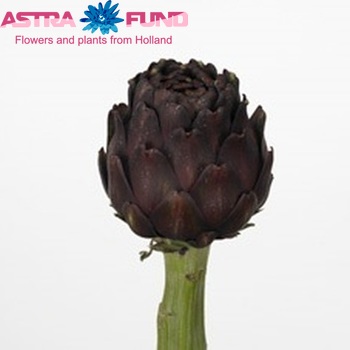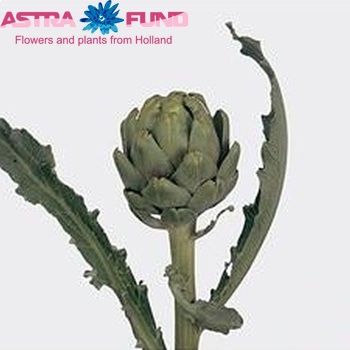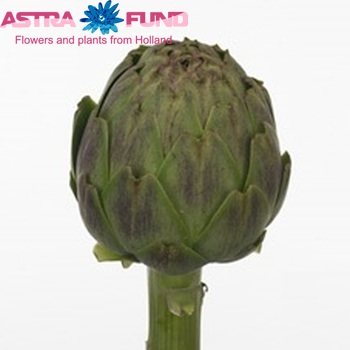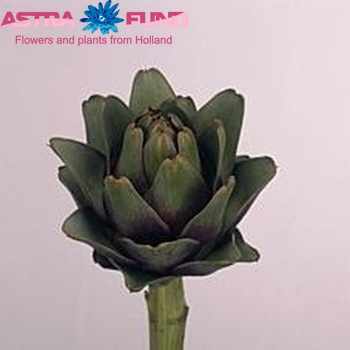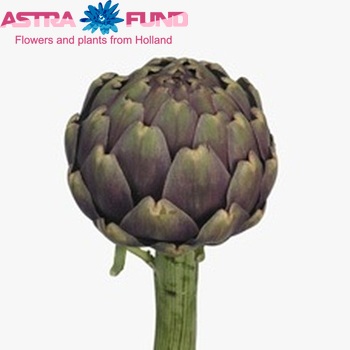Subscribe to our newsletter
Cynara

Cynara flowers are the size of tennis balls and are of shocking electric blue color. Butterflies are generally attracted by these flowers. By the combination of two, they make a fabulous garden specimen.
In the genus Cynara, the plants are closely linked up to the thistles with their thorny leaves and unequalled flower heads. In the genus, there are only 10 species and they are native to northern Africa, Mediterranean and the Canary Islands. One of the species named as Cynara scolymus is raised as the perennial food crop which is known as the globe artichoke. The immature flower buds (technically involucres bracts and receptacles) are discovered, poached and eaten with the lemon and butter. Additionally, you can poach and eat the flower stems and the young leaves too.
Most of the taxonomists do not consider Cynara scolymus to be one of the valid species at all. As the matter of the fact, these flowers do not occur in the wild. Instead, they look at to be an ancient subspecies of Cynara carduncularis put into cultivation for its particularly large flower buds and thick flower stems. In cut flower arrangements, both the flowers and leaves look great. Buy “Cynara” wholesale for your house, make it beautiful.
The Cynara plants are preferably grown in full sun with well-drained but consistently moist soil. If Cynara is planted earlier enough and covered well it may flower its first year. Splendid drainage and loose, light lands are critical to preclude Cynara from decomposing throughout the winter.
If the Cynara is planted late in the year in a marginal climate, there may be a requirement of providing additional protection from cold winter, like a blanket made up of landscape cloth. If you are ready to buy “Cynara” wholesale from Holland then check out the Dutch company named «Astra Fund Holland BV». The company deals with the wholesale of plants and flowers.


